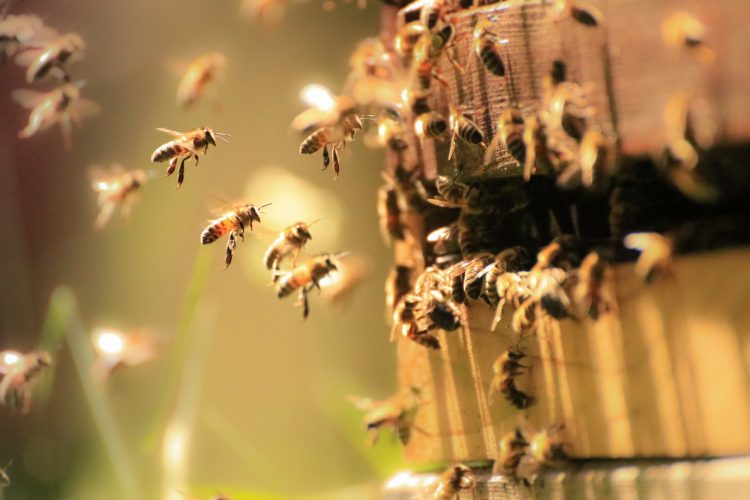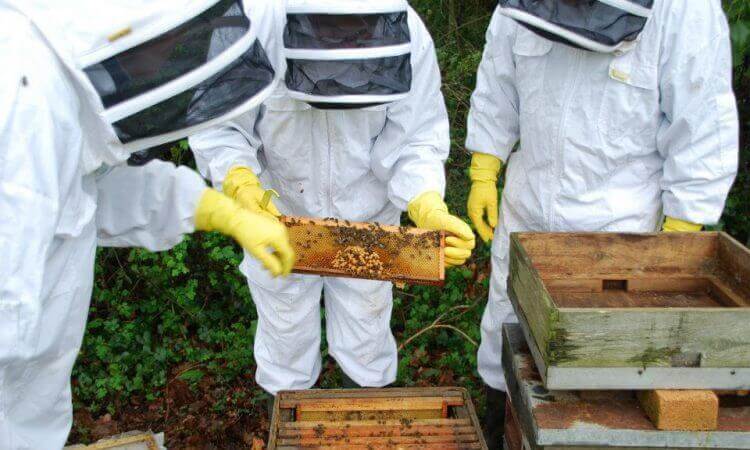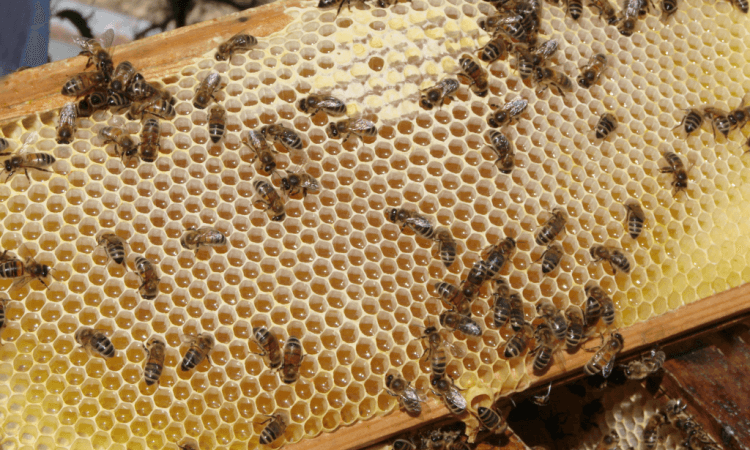
How Do You Become a Beekeeper? – Into The Blue
What is bee keeping exactly?
As the name indicates, beekeeping (also known as apiculture) refers to the human activity of keeping honey bees for different purposes. This can include the production of honey (and its consumption), bee wax, propolis or royal jelly. Some other beekeepers will also cross-breed bees to sell them to other beekeepers that might be in need of them.
Why is bee keeping important?
We are sure you’ve heard all about how bees are extremely important for our environment and how, in recent years, their numbers have decreased at alarming rates. But how does beekeeping help exactly?
Well, the main reason is that beekeeping ensures that we still have bees going around pollinating flowers and crops, which then are used to feed both animals and humans.
Not only that, but one of the beekeeper’s duties is to treat any pests and diseases that might affect the bees and their colony. This makes the gene pool stronger by releasing healthy bees back into the environment.

What sort of bee keeping equipment do I need?
First thing you need to create a beehive is, obviously, the bees! You can buy pre-selected packages of bees from certified bee sellers and local bee keeping associations all across the UK.
For beginners it’s recommended to buy a “nucleus colony”, a smaller hive that contains around 10,000 bees that have been carefully bred to be very calm and to avoid swarming. Most nucleus colonies, also known as “nucs”, come with a queen included to make things easier.
On top of that, there are a few tools that are mandatory if you want to become a beekeeper. Some of the most important ones are the hive tool, used mainly to pull frames when they are glued together. The smoker, which will help you calm down the bees if they get a bit rowdy. Frames, these are the rectangles that go inside the hive and that bees use to build their comb.
And, of course, you will need some sort of protective gear as well! We recommend you get a full bee suit and bee gloves plus a pair of sturdy long boots.
There are a few more products and tools that are required for beekeeping, so don’t forget to check the full list here.
How do you set up a beehive?
The next step on the list is setting up the beehive itself! Good news is you won’t have to put your carpenter skills to test, as you can buy premade beehives from professional beekeeping suppliers. There are a few different types of beehives to choose from, but the most commonly used is the “Langstroth”.
And as a picture is worth a thousand words, here’s a video on how to quickly install a Langstroth beehive with a pre-bought package of bees:
When is bee keeping season?
If you thought beekeeping season only happened during Spring, you are in for quite the surprise! Beekeeping is an all-year long activity but the tasks can be divided by the season, making everything much easier to keep track on.
Spring
Early spring is a crucial time in the life of your beehive as the queen will start to lay more eggs but the colony might not have enough food to sustain itself after the winter months.
Always check during the early months to make sure your beehive has enough food stores and, if not, you can feed them as necessary. Once spring kicks in later on, your beehive will be able to fend for themselves just fine.
Summer
This is the main season of beekeeping, where your bees will be collecting lots of honey and pollen and the colony will be full of activity. If you’re lucky and your bees have collected lots of surplus honey, then you might be able to harvest it at the end of summer. But always make sure you’re leaving enough honey for the upcoming colder months!
Autumn
By this time, the colony numbers would have been reduced and they will start preparing to go into winter. Your main task is to make sure the hive will be safe and that they will have enough food to sustain themselves. It’s also a good time to check for diseases or pests and treat them accordingly, as well as protect the hive from winter winds and damp weather.
Winter
The resting season for beekeepers. During these months, your bees will form a cluster and will stay inside the hive for the whole season, just feeding off their food supplies. There’s no need to do thorough inspections, but always make sure the hive didn’t sustain any wind damage and that there’s enough ventilation to avoid condensation inside the hive.
This is also the best season to tidy up your tools, order new equipment and get a new batch of bees.

Where can I go for beekeeping courses?
Although a very rewarding and motivating activity, beekeeping is not an easy hobby, so if you’re interested in giving it a go, we recommend you try one of our beekeeping experiences as a taster.
And if you decide to take beekeeping as a serious commitment, it’s a good idea to check any local beekeeping associations /groups near you that might be offering training courses for beginners.
So, there you have it! The ultimate beekeeping guide for those of you taking your first steps into this buzzing hobby. And don’t forget to send us some of that delicious honey!
